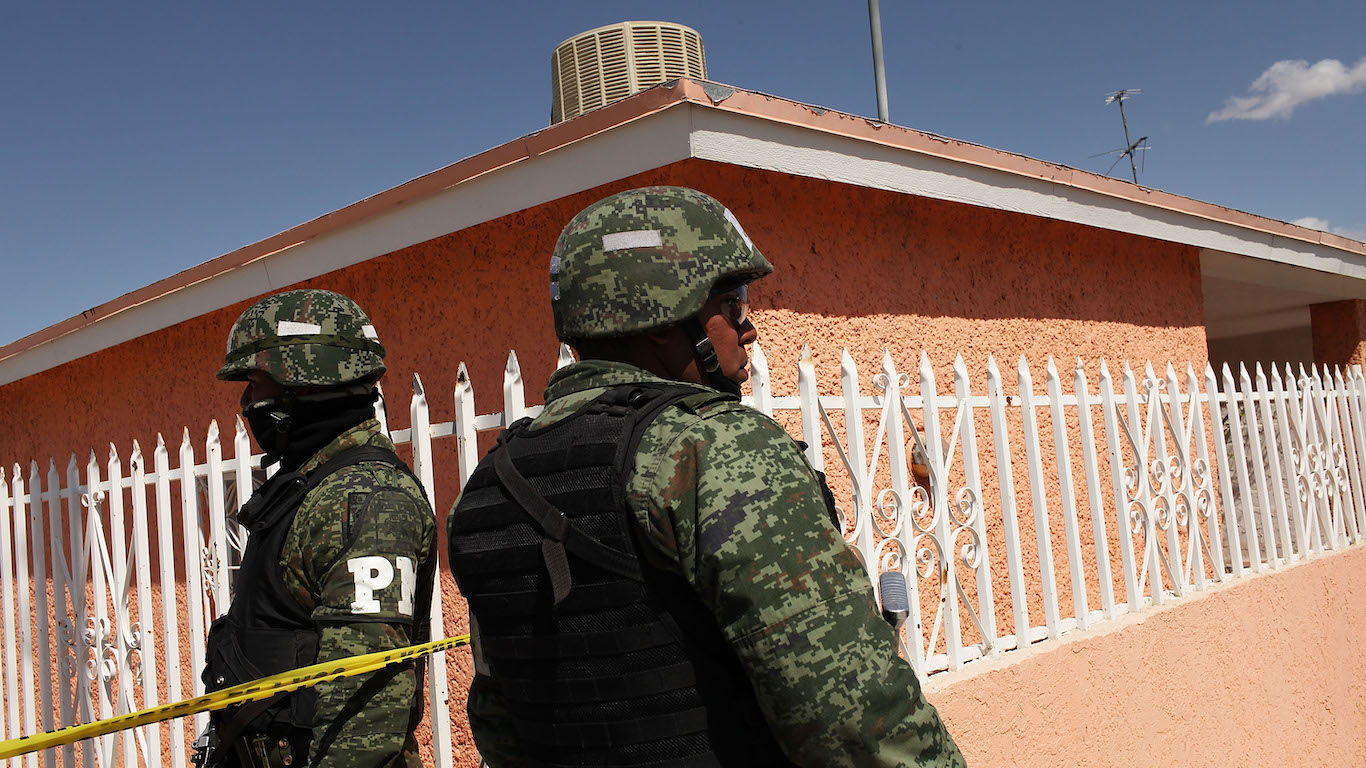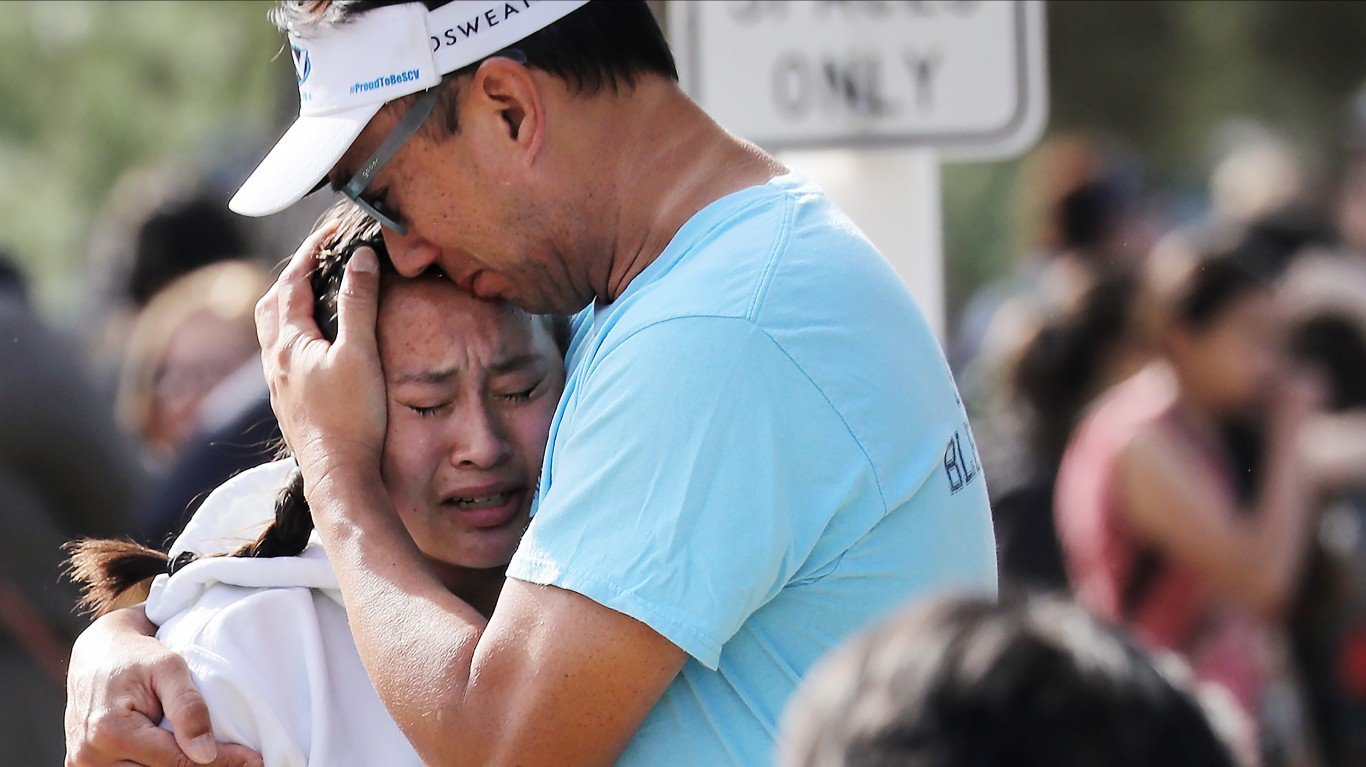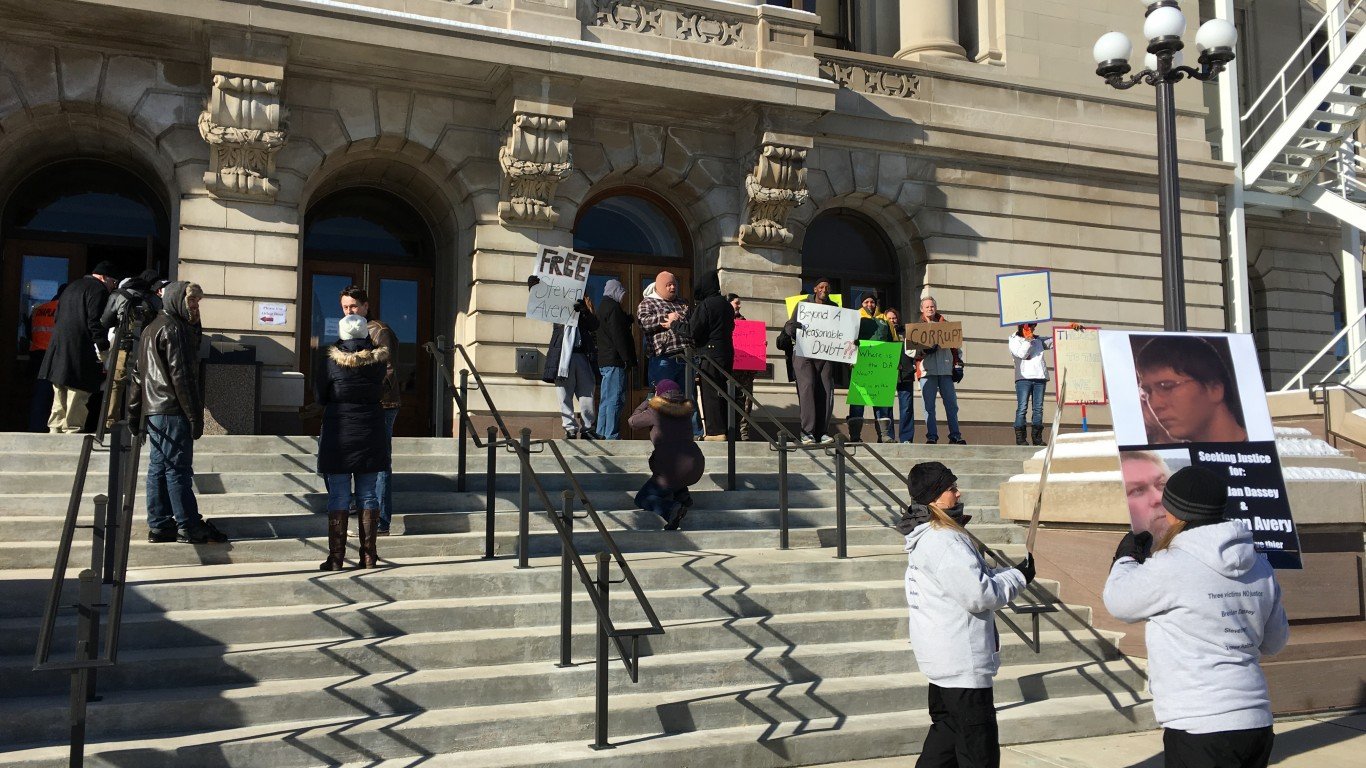

As of June 2021, a total of 2,795 American exonerees have lost a collective 25,004 years of life to wrongful incarceration, according to the National Registry of Exonerations. This of course doesn’t count people who have served wrongful time without having their charges dismissed; nor does it count the probable tens of thousands of innocent people who are currently behind bars.
To compile a list of people who were wrongly convicted of crimes, 24/7 Wall St. reviewed information from The National Registry of Exonerations, a project of the Newkirk Center for Science & Society at University of California Irvine, the University of Michigan Law School and Michigan State University College of Law. The list is by no means exhaustive.
Common factors that have contributed to these wrongful incarcerations include prosecutor or police misconduct, perjurious testimonies (including those given by jailhouse informants), withholding of evidence, mistaken identification by witnesses, inadequate legal defense, and false or misleading forensic evidence. Racial prejudice and profiling also contributed to some of the wrongful arrests of these exonerees. (Here are the cities where law enforcement makes the most arrests.)
In order to achieve a dismissal of the charges against them, many of these innocent people fought for years, through numerous appeals, before they saw justice. Organizations including the Innocence Project, which seeks to assist prisoners who can be proven innocent with DNA testing, are often invaluable in helping to bring these situations to justice. Many of the people on the list have been exonerated due to post-conviction DNA testing.
Celebrities, writers, and documentarians have also brought some of these people’s stories to light in an attempt to clear their names. For example, documentary filmmaker Errol Morris used his investigative research to help the innocent Texas death row inmate Randall Dale Adams get a retrial that saved his life.
Click here to see people who were wrongfully incarcerated.
Unfortunately, not all wrongfully incarcerated people have seen justice. And not all who have been freed have been exonerated. Many still retain criminal records and face employment barriers or have been forced to register as sex offenders. Undoubtedly, many have remained in prison or been put to death as a result of crimes they did not commit. (These are the states where the most prisoners die.)
The Central Park Five
> Charge: Rape, assault
> Time served: 5 to 11 years
> Convicted in 1990
> Exonerated in: 2002
In a case that rocked New York City, five Black and Latino teenagers from Harlem were convicted of brutally beating and raping a 28-year-old white woman in Central Park. Their confessions had come after hours of coercive interrogation. In 2002, a sole assailant admitted to the crime, providing details that only the attacker would have known. DNA evidence supported his claim, leading to the exoneration of the previously accused men.
[in-text-ad]
Steven Avery
> Charge: Rape
> Time served: 18 years
> Convicted in 1985
> Exonerated in: 2003
The subject of the hit documentary series “Making a Murderer,” Steven Avery was convicted of the sexual assault and attempted murder of a jogger who was raped on a Lake Michigan beach, despite having numerous alibi witnesses that placed him with his family in Green Bay shortly after the attack. Subsequent DNA analysis showed that the assailant was actually Gregory Allen, a convicted felon who looked similar to Avery.
Henry McCollum and Leon Brown
> Charge: Rape, murder
> Time served: 31 years
> Convicted in 1983
> Exonerated in: 2014
After an 11-year-old girl was found raped and suffocated in a North Carolina soybean field, two teenage half-brothers were convicted of her murder, despite zero physical evidence tying either to the crime scene. Both men, who have intellectual disabilities, had given false confessions under pressure and served over 30 years in prison before DNA analysis finally implicated another man who had previously been convicted of similar crimes.
Kimberly Long
> Charge: Murder
> Time served: 15 years
> Convicted in 2005
> Exonerated in: 2021
After a night out with friends, Kimberly Long arrived home to find her boyfriend on the couch with head wounds and blood all over the walls. She immediately called 911, but was eventually made a suspect and tried and convicted for murder. Her conviction was finally reversed after multiple requests for appeal when two medical professionals insisted that Long’s boyfriend must have been dead for over an hour prior to Kim’s arrival.
[in-text-ad-2]

Kevin Strickland
> Charge: Murder
> Time served: 43 years
> Convicted in 1979
> Exonerated in: 2021
Convicted of a Missouri triple murder with no physical evidence, Kevin Strickland was implicated solely for his acquaintance with two other men who’d actually committed the murders. Police pressured the sole survivor into changing her initial story to include Strickland as an accomplice. After an initial mistrial, a second trial of all white jurors (with four Black jurors being dismissed by peremptory strike) found him guilty.

The Beatrice Six
> Charge: Rape, murder
> Time served: 10 to 18 years
> Convicted in 1989, 1990
> Exonerated in: 2009
The subject of a new HBO docuseries “Mind Over Murder,” the Beatrice six are a group of Nebraska outcasts who were pressured with threat of the death penalty into confessing to the unsolved rape and murder of a local grandmother. Some were convinced by a local police psychologist that they had simply repressed their memories of the attack. Only one member of the six, Joseph White, maintained his innocence. DNA evidence eventually led to their exoneration.
[in-text-ad]

Valentino Dixon
> Charge: Murder
> Time served: 27 years
> Convicted in 1992
> Exonerated in: 2018
At 21, Valentino Dixon was charged in a shooting murder that took place in a crowded location in Buffalo, despite a teenager named Lamarr Scott confessing to the crime, and multiple witnesses confirming this. Dixon filed numerous appeals and petitions over the years and was finally exonerated in 2018 when Scott, the actual gunman, who was already incarcerated on other charges, was finally convicted of the murder.

Massachusetts convicts
> Charge: Various drug charges
> Time served: Various years
> Convicted in Various
> Exonerated in: 2017
On September 28, 2012, Annie Dookhan, a chemist who worked at a forensic drug lab that assisted local and state police in Massachusetts, was charged with obstruction of justice for tampering with evidence to make negative tests appear positive. Her criminal activity possibly led to the wrongful convictions of tens of thousands of people. In April of 2017, a state Supreme Court justice dismissed 21,587 convictions that were tied to the lab during her employment there, in the largest mass conviction dismissal in U.S. history.
Fernando Bermudez
> Charge: Murder
> Time served: 17 years
> Convicted in 1992
> Exonerated in: 2009
After a nightclub shooting that killed one man, the shooter’s accomplice, Efraim Lopez, identified his friend Louis Munoz as the gunman. Instead of following this lead, police honed in on 21-year-old Fernando Bermudez, and pressured witnesses including Lopez to testify against him, despite his having an alibi and not matching the eyewitness descriptions of the shooter. All witnesses later recanted their identifications of Bermudez, citing police coercion.
[in-text-ad-2]

Muhammad Aziz and Khalil Islam
> Charge: Murder
> Time served: 20 to 22 years
> Convicted in 1966
> Exonerated in: 2021
Charged with the murder of civil rights activist Malcolm X along with a third man, Mujahid Halim – who confessed to the shooting and insisted that his co-defendants were innocent – Muhammad Aziz and Khalil Islam each served over 20 years in prison. Their conviction was based on dubious and conflicting witness accounts, with zero physical evidence. The men’s 2021 exoneration came 55 years after their sentencing, with Khalil Islam having died in 2009.
Delbert Tibbs
> Charge: Murder
> Time served: 3 years
> Convicted in 1974
> Exonerated in: 1982
When a young man was shot dead and his teenage girlfriend raped and beaten near Fort Myers, Florida, Delbert Tibbs was picked up and questioned over 200 miles north of the crime scene. Although he had an alibi and didn’t fit the survivor’s description, the survivor later identified him as her attacker. In addition, a jailhouse informant said Tibbs had confessed to the crime. He was convicted and sentenced to death, but was released on bond three years later after the informant retracted his testimony.
[in-text-ad]
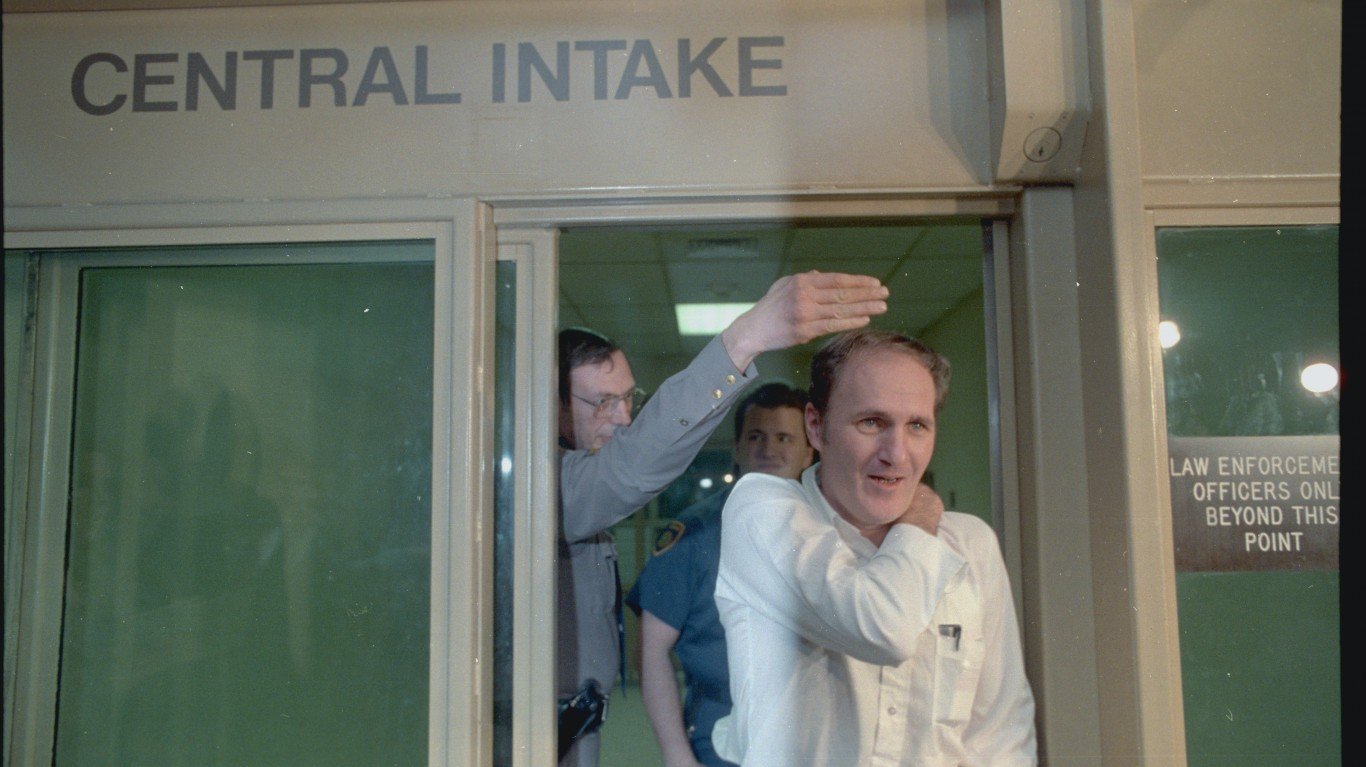
Randall Dale Adams
> Charge: Murder
> Time served: 12 years
> Convicted in 1977
> Exonerated in: 1989
A story detailed in the documentary “The Thin Blue Line,” Randall Dale Adams had run out of gas and gotten picked up by a 16-year-old driver, David Harris, who later that day murdered a police officer. Adams was convicted of the murder and sentenced to death, due to multiple perjurious testimonies, including one by Harris, and one that was fed to a witness in exchange for charges being dropped against her daughter. Harris went on to commit another murder, and eventually recanted his testimony against Adams.

Jane Dorotik
> Charge: Murder
> Time served: 19 years
> Convicted in 2001
> Exonerated in: 2022
Jane Dorotik reported her husband missing after he’d gone jogging, and became the suspect in his murder after he was found bludgeoned to death along his jogging route. Through amateur, inconsistent, and blatantly false forensic evidence, she was convicted of murder. Dorotik was finally released from prison at age 75 after DNA evidence eliminated her as a suspect and showed an unidentified male as the perpetrator.

Satanic Panic case
> Charge: Child sex abuse
> Time served: 5 to 23 years
> Convicted in 1985
> Exonerated in: 1991-2008
In one of the earliest and largest mass convictions for ritual child sex abuse that swept the nation in the ’80s and ’90s in a wave that would come to be known as Satanic Panic, over 36 people in Kern County, California, were convicted of abusing and molesting children. The prosecution, which provided no physical evidence, relied heavily on the testimonies of young children who had been coached or coerced into false allegations. Most later retracted their testimonies, helping to overturn 34 convictions.
[in-text-ad-2]

Ron Williamson and Dennis Fritz
> Charge: Murder
> Time served: 11 years
> Convicted in 1988
> Exonerated in: 1999
Charged five years after the unsolved rape and murder of a young cocktail waitress, Ron Williamson and Dennis Fritz were convicted based on false testimonies and misleading forensics. Both were exonerated after DNA testing revealed the true killer, Glen Gore. Williamson’s trial and fight for exoneration are the subject of John Grisham’s book “The Innocent Man” and a Netflix docuseries of the same name.
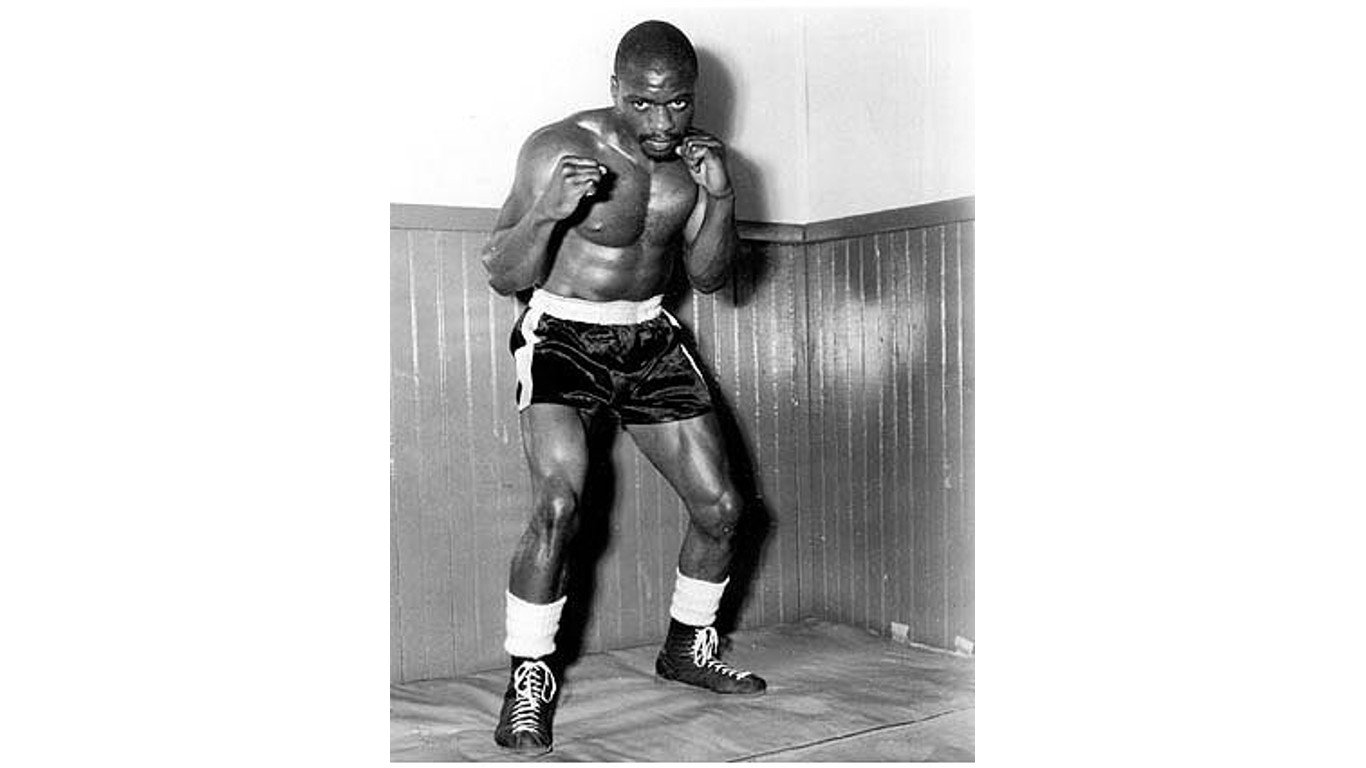
Rubin “Hurricane” Carter
> Charge: Murder
> Time served: 19 years
> Convicted in 1967
> Exonerated in: 1988
Professional boxer Rubin Carter and his friend John Artis were convicted in a triple murder that occurred at a New Jersey bar, despite a lack of physical evidence and not matching the descriptions provided by the sole shooting survivor. Carter’s case got the attention of numerous celebrities (including Bob Dylan), who rallied to free him, and he was released on bail in 1976 – only to be convicted of the murders again at a retrial. He was finally released on habeas corpus in 1985.
[in-text-ad]
Nick Yarris
> Charge: Murder, rape, kidnapping robbery
> Time served: 21 years
> Convicted in 1982
> Exonerated in: 2003
Convicted of rape and murder after being misidentified by a witness and named by a jailhouse informant, Nick Yarris sat on Pennsylvania’s death row for 21 years. Although serological testing from the rape kit showed that his blood type matched that of the assailant, it wasn’t until a DNA analysis was performed in 2003 that he was excluded as a suspect and exonerated.
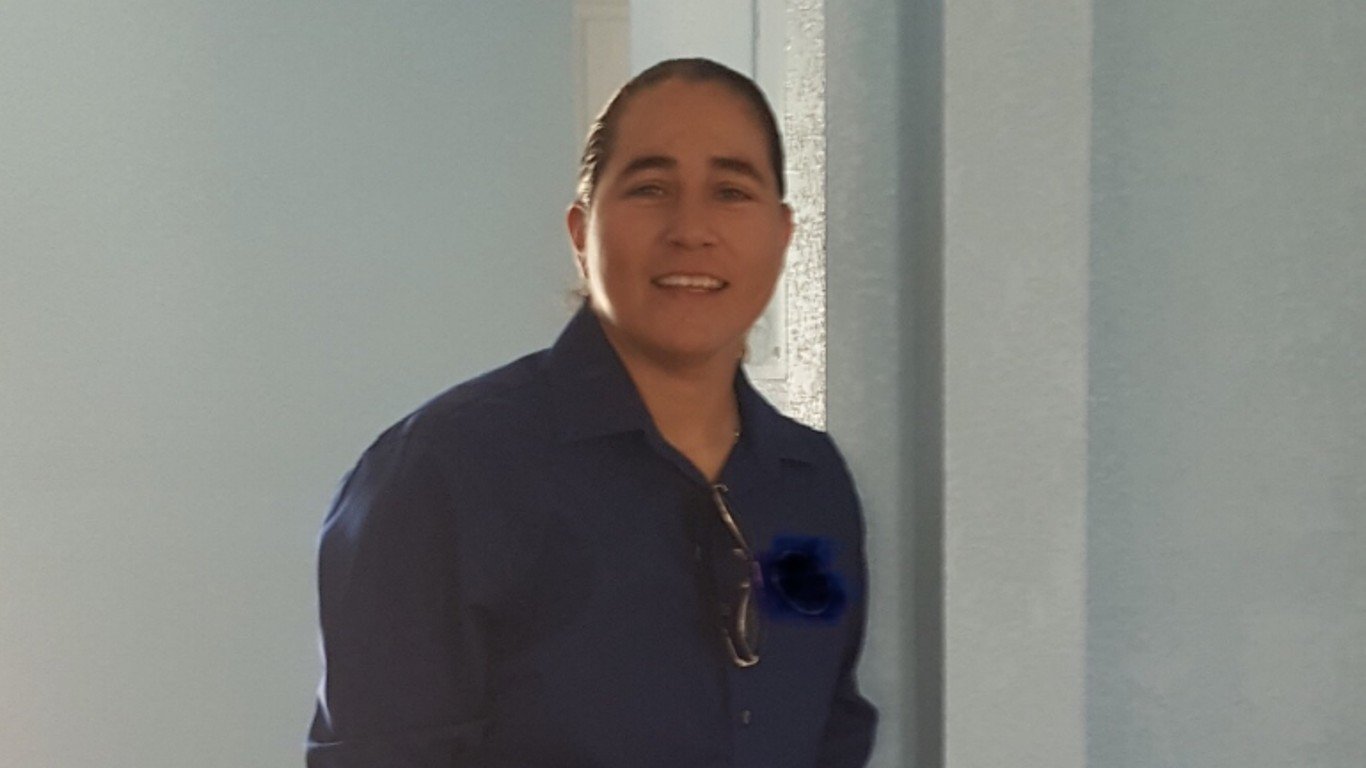
The San Antonio Four
> Charge: Child sex abuse
> Time served: 15 years
> Convicted in 1998
> Exonerated in: 2016
Subjects of the documentary “Southwest of Salem,” the San Antonio Four are a group of Latina lesbian women who were charged with repeatedly sexually assaulting two girls as a part of Satanic rituals. The younger of the children later recanted her story, admitting that her father had forced her and her sister to make the claims after one of the women had denied his advances. The women were released on bail in 2013 and their convictions were vacated in 2016.
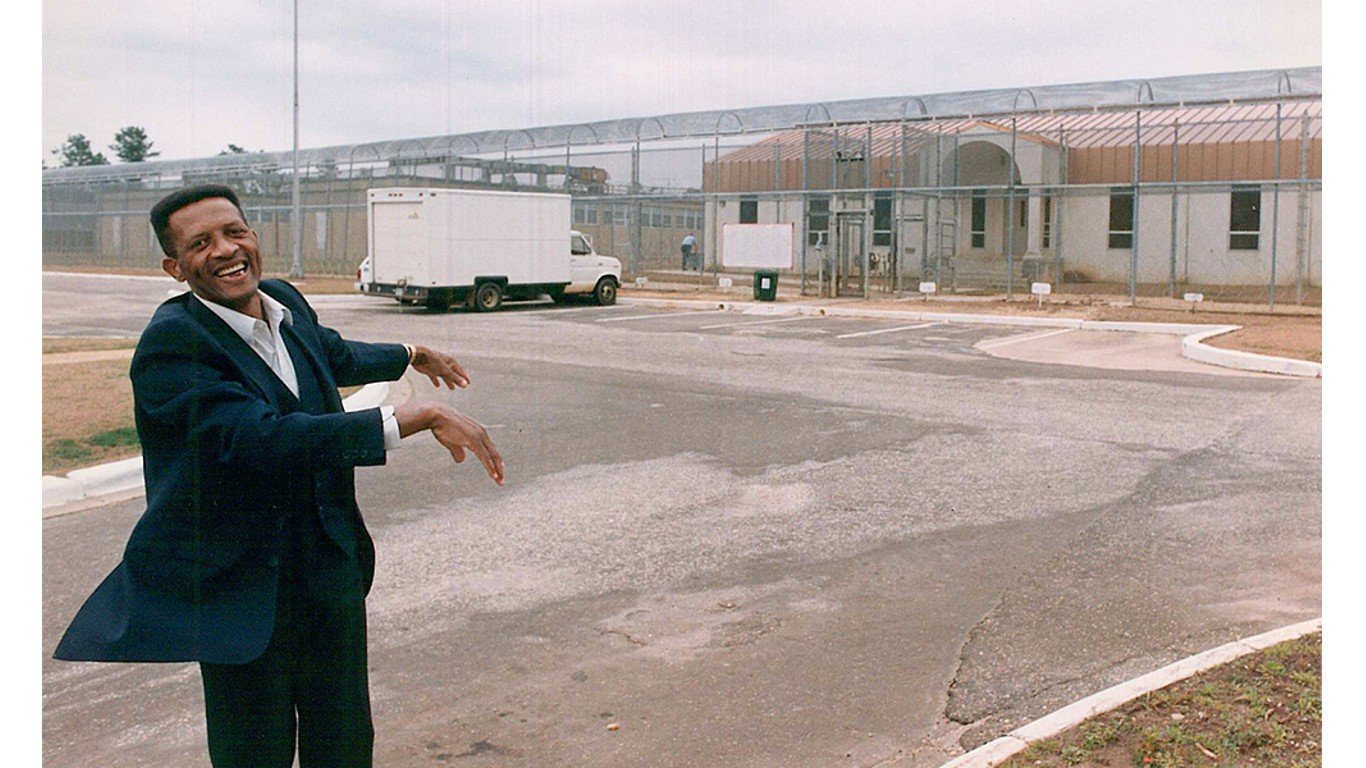
Walter McMillian
> Charge: Murder, robbery
> Time served: 6 years
> Convicted in 1988
> Exonerated in: 1993
Six months after a young white woman was found murdered in Monroeville, Alabama, and police had no leads, they honed in on a local Black man, Walter McMillian, who was known to have had an affair with a married white woman. Officers pressured an unrelated criminal into giving a testimony that implicated McMillian, and he was convicted of murder – despite having several alibi witnesses – and sentenced to death. After new evidence came to light and several witnesses admitted to perjury, McMillian’s conviction was overturned.
[in-text-ad-2]

Dixmoor 5
> Charge: Rape, murder
> Time served: 14 to 17 years
> Convicted in 1994-1997
> Exonerated in: 2011
After a 14-year-old girl was found raped and murdered in Cook County, Illinois, five Black teenagers aged 14 to 17 were charged with her murder. Despite DNA evidence excluding every one of them, police pressured the boys using abusive tactics, and three ended up giving false confessions. They served a combined total of 95 years in prison before 2011 DNA analysis fingered the real killer, a convicted sex offender named Willie Randolph.

Anthony Mazza
> Charge: Murder
> Time served: 47 years
> Convicted in 1973
> Exonerated in: 2021
In the longest recorded wrongful incarceration in America, Anthony Mazza spent 47 years in jail for a robbery and murder that he did not commit. He was finally released at the age of 73 on grounds that his trial lawyer had been denied key evidence that pointed to his innocence. Mazza, who has intellectual disabilities, had been convicted based on testimony from his friend Robert Anderson, who drove the murder victim’s car for days after the murder, and in whose home the murder victim was found.
[in-text-ad]

The Norfolk Four
> Charge: Rape, murder
> Time served: 11 to 18 years
> Convicted in 1999-2000
> Exonerated in: 2011-2016
When an 18-year-old woman was found raped and murdered in Norfolk, Virginia, police indicted and prosecuted eight different men for the crime. The Norfolk Four are the four men, all Navy sailors, who were convicted of murder after giving false confessions under duress and threat of the death penalty. The DNA found on the crime scene didn’t match any of the four sailors, but it did match that of a single assailant, Omar Ballard. Ballard also confessed to the crime, claiming that he did it alone, but later making a plea deal and avoiding the death penalty by incriminating the four sailors.
Essential Tips for Investing: Sponsored
A financial advisor can help you understand the advantages and disadvantages of investment properties. Finding a qualified financial advisor doesn’t have to be hard. SmartAsset’s free tool matches you with up to three financial advisors who serve your area, and you can interview your advisor matches at no cost to decide which one is right for you. If you’re ready to find an advisor who can help you achieve your financial goals, get started now.
Investing in real estate can diversify your portfolio. But expanding your horizons may add additional costs. If you’re an investor looking to minimize expenses, consider checking out online brokerages. They often offer low investment fees, helping you maximize your profit.
Thank you for reading! Have some feedback for us?
Contact the 24/7 Wall St. editorial team.
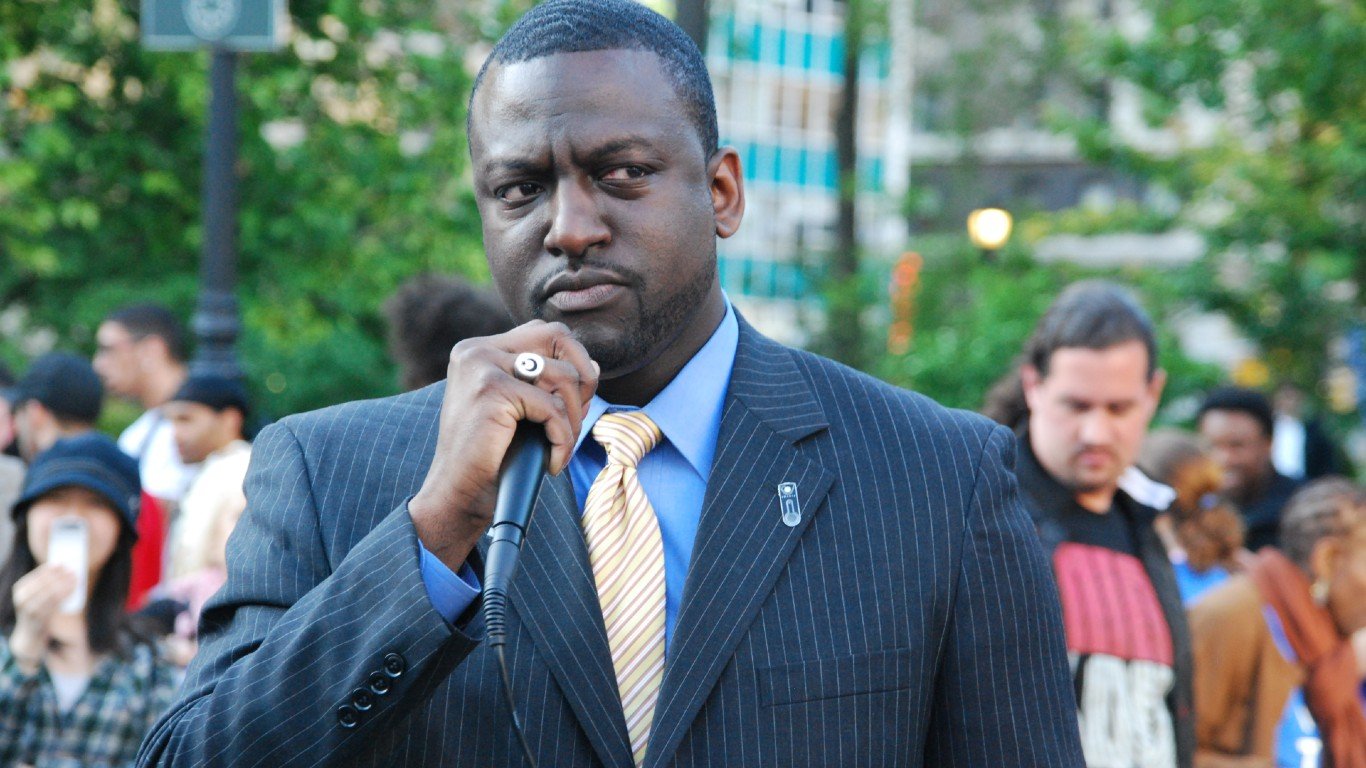
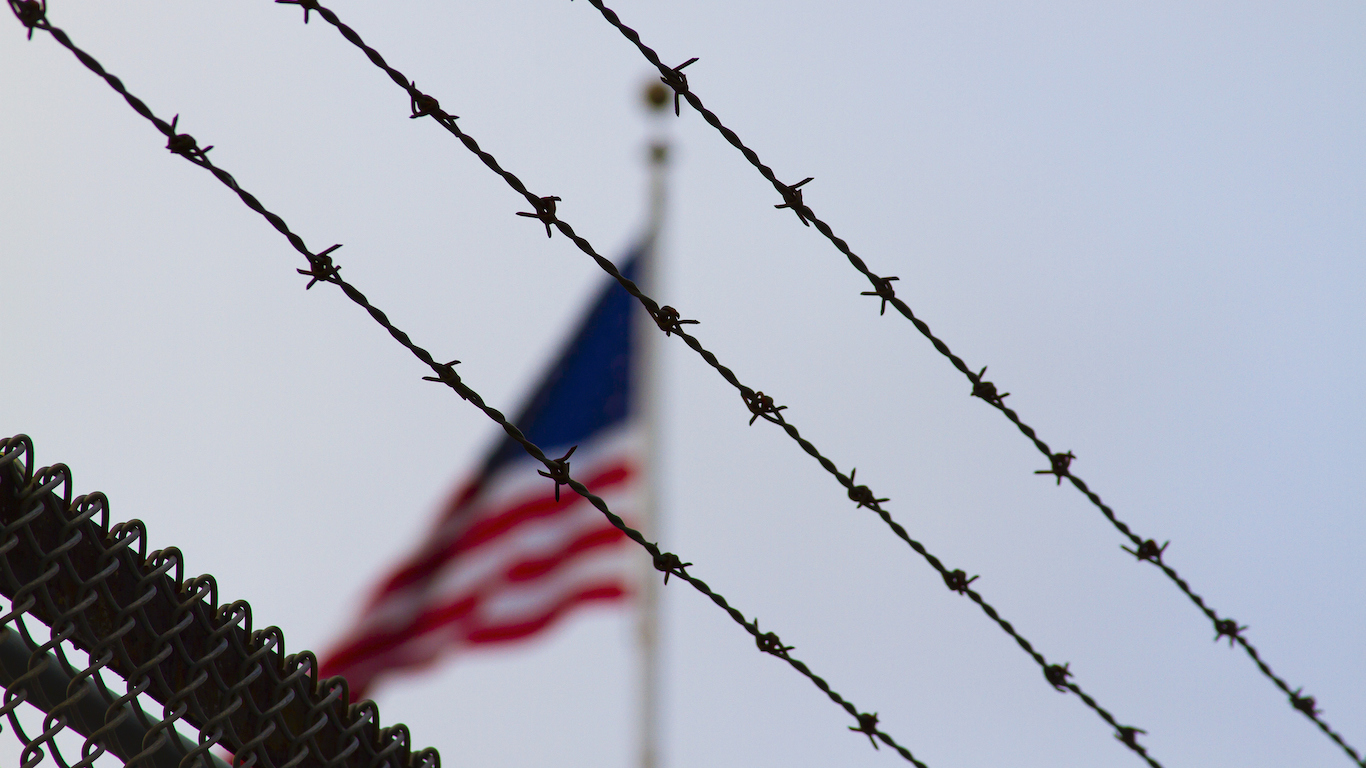 24/7 Wall St.
24/7 Wall St.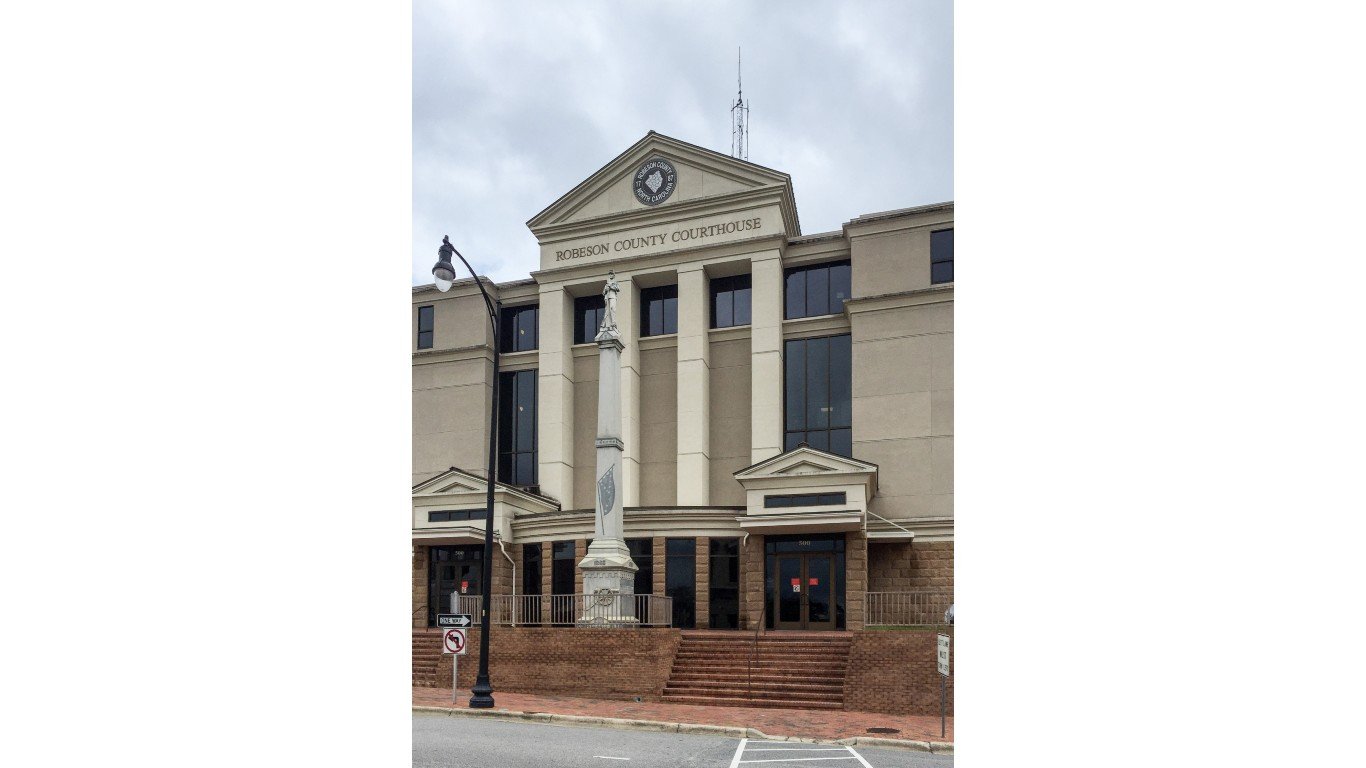

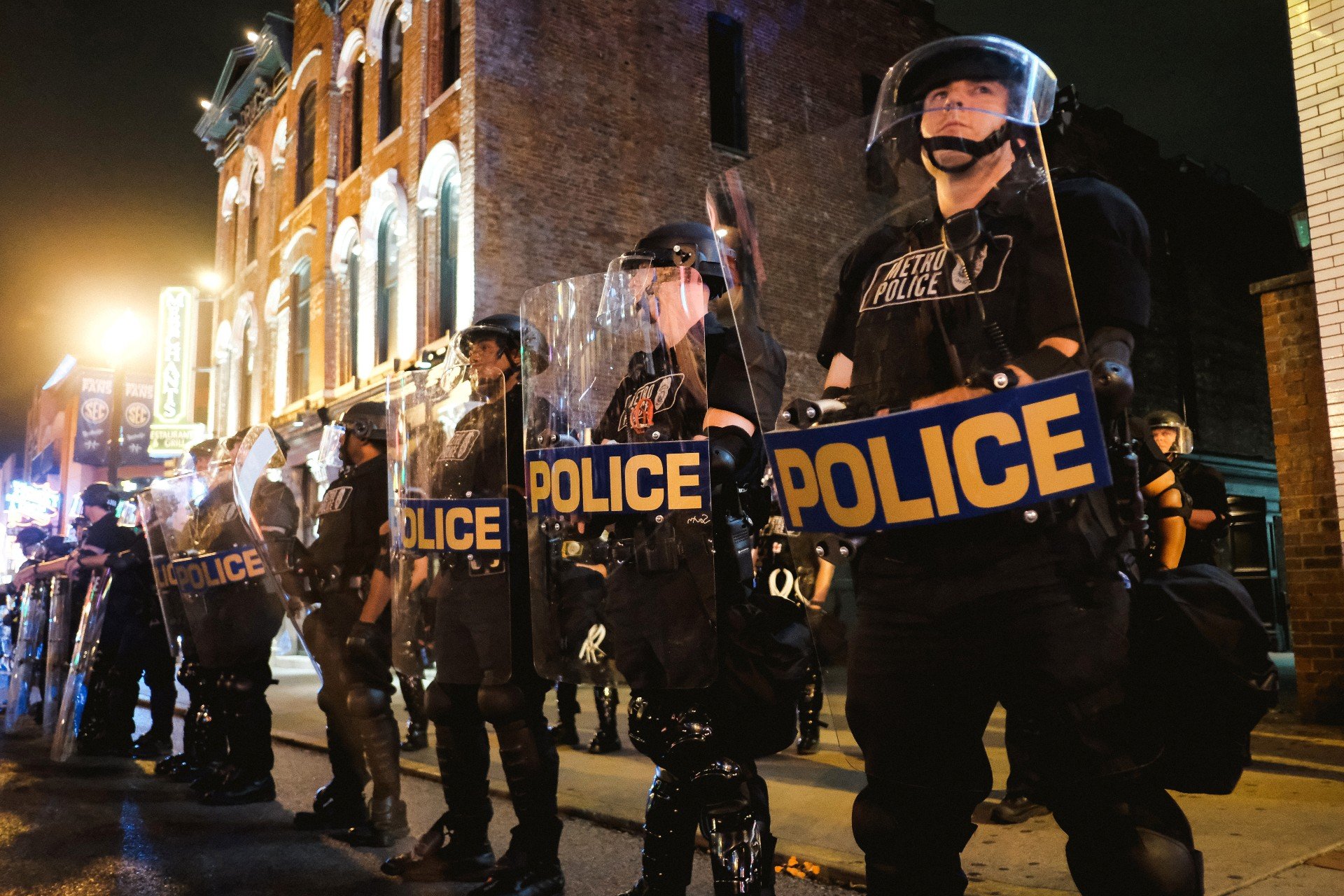 24/7 Wall St.
24/7 Wall St.
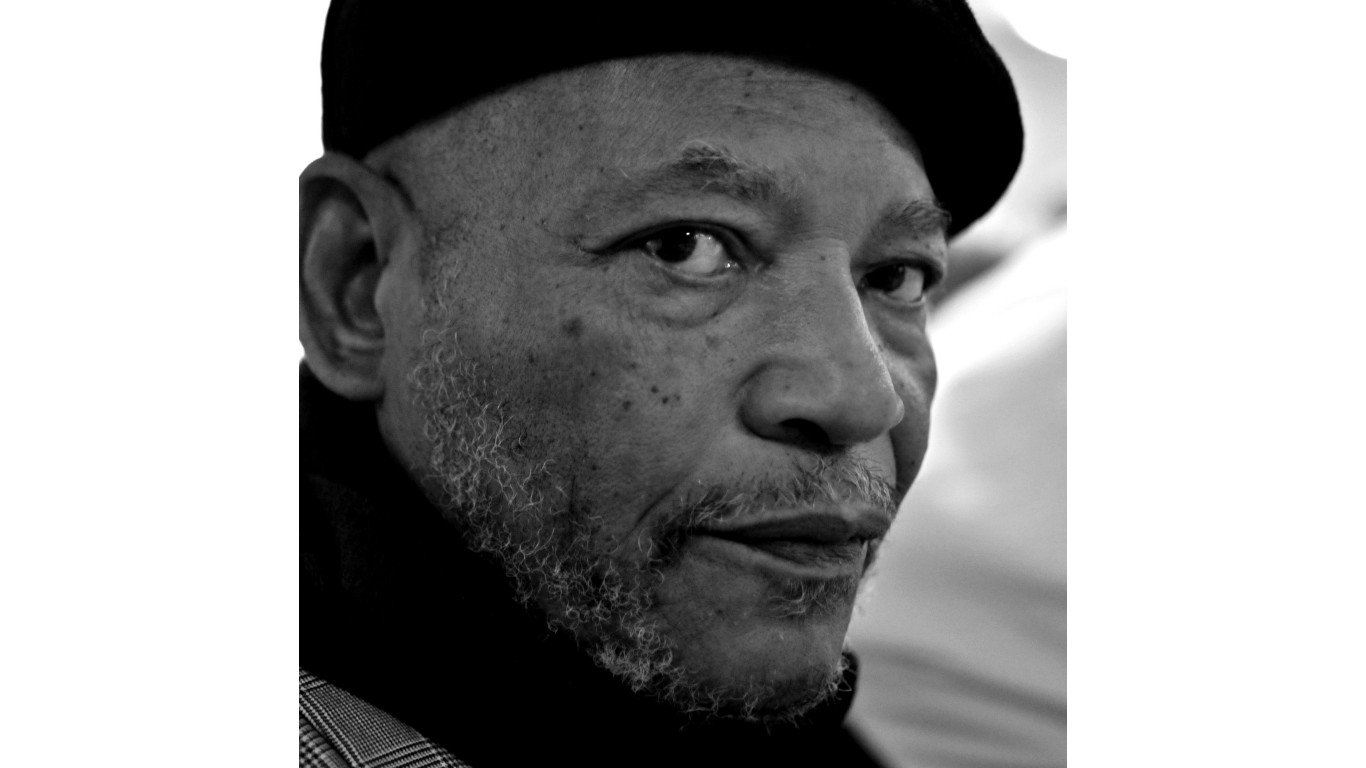
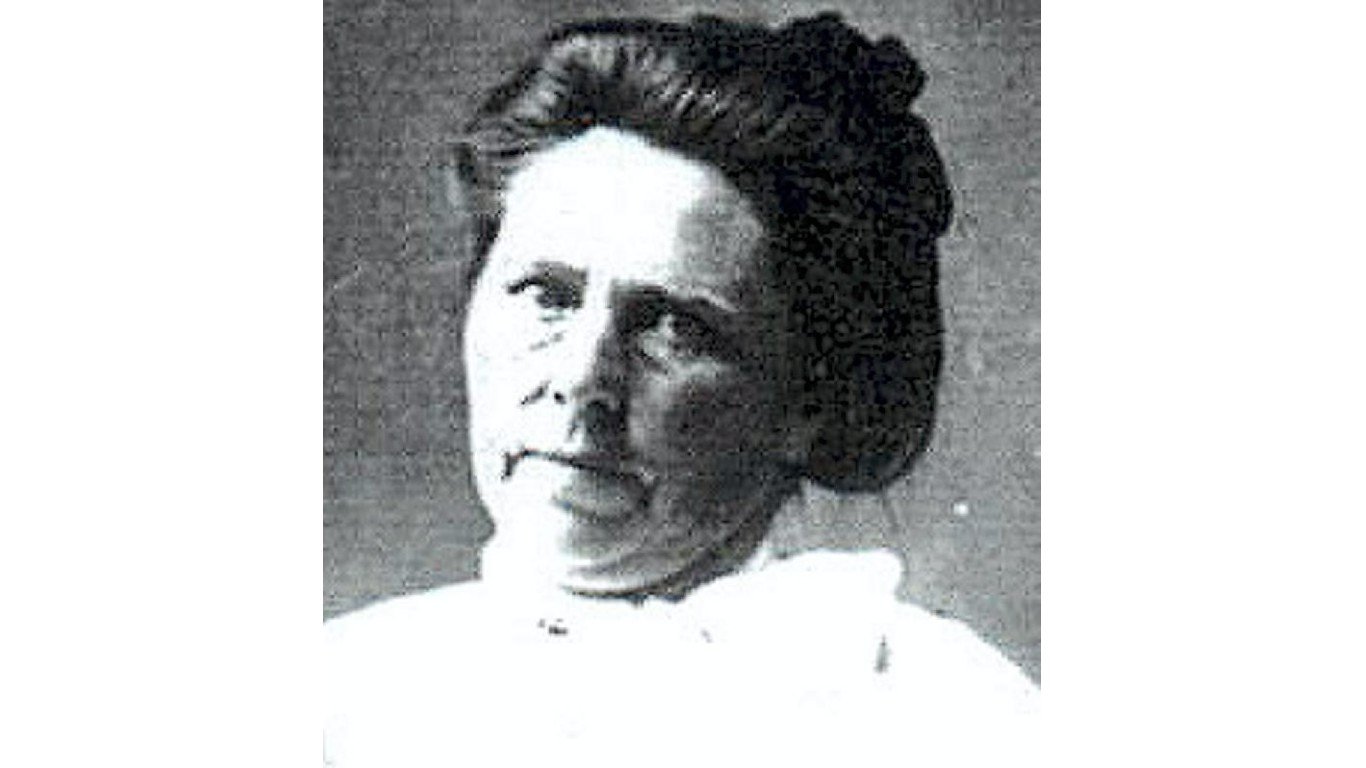 24/7 Wall St.
24/7 Wall St.
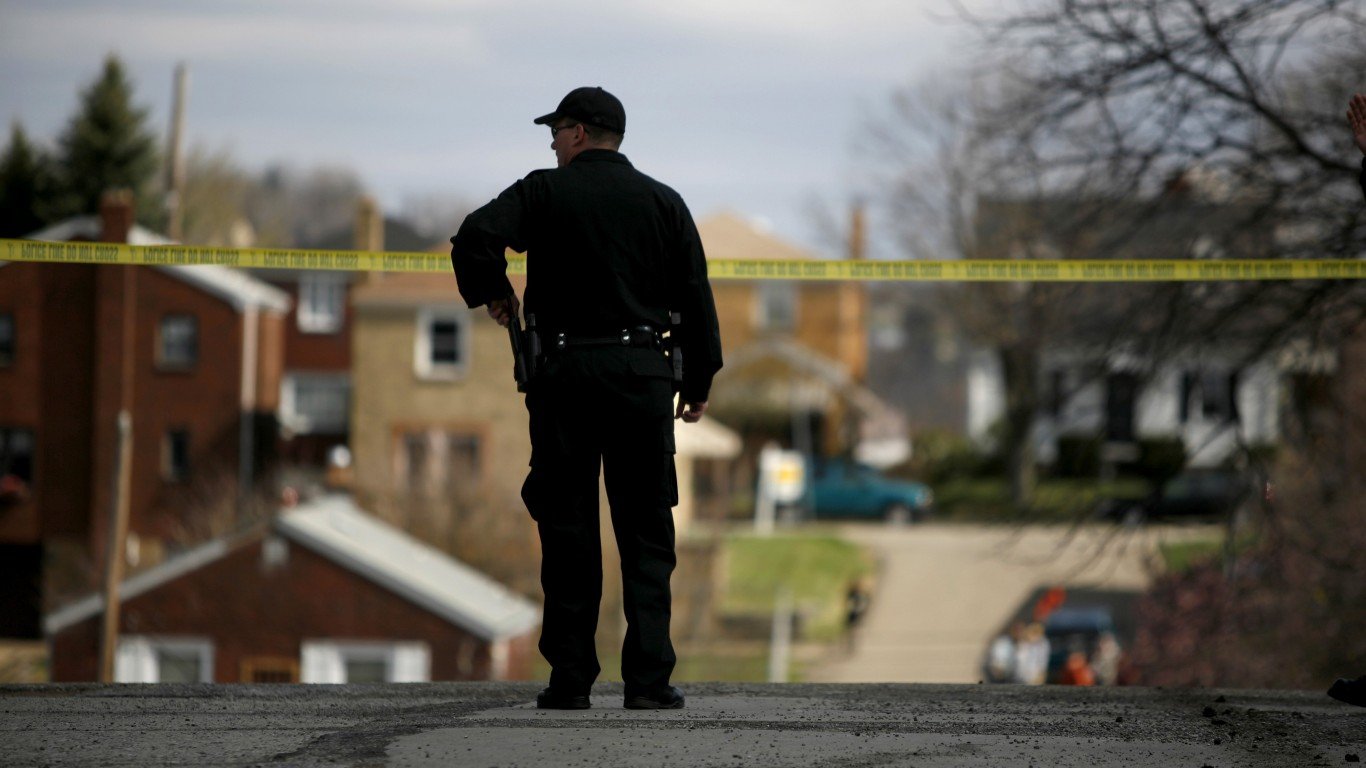 24/7 Wall St.
24/7 Wall St.
